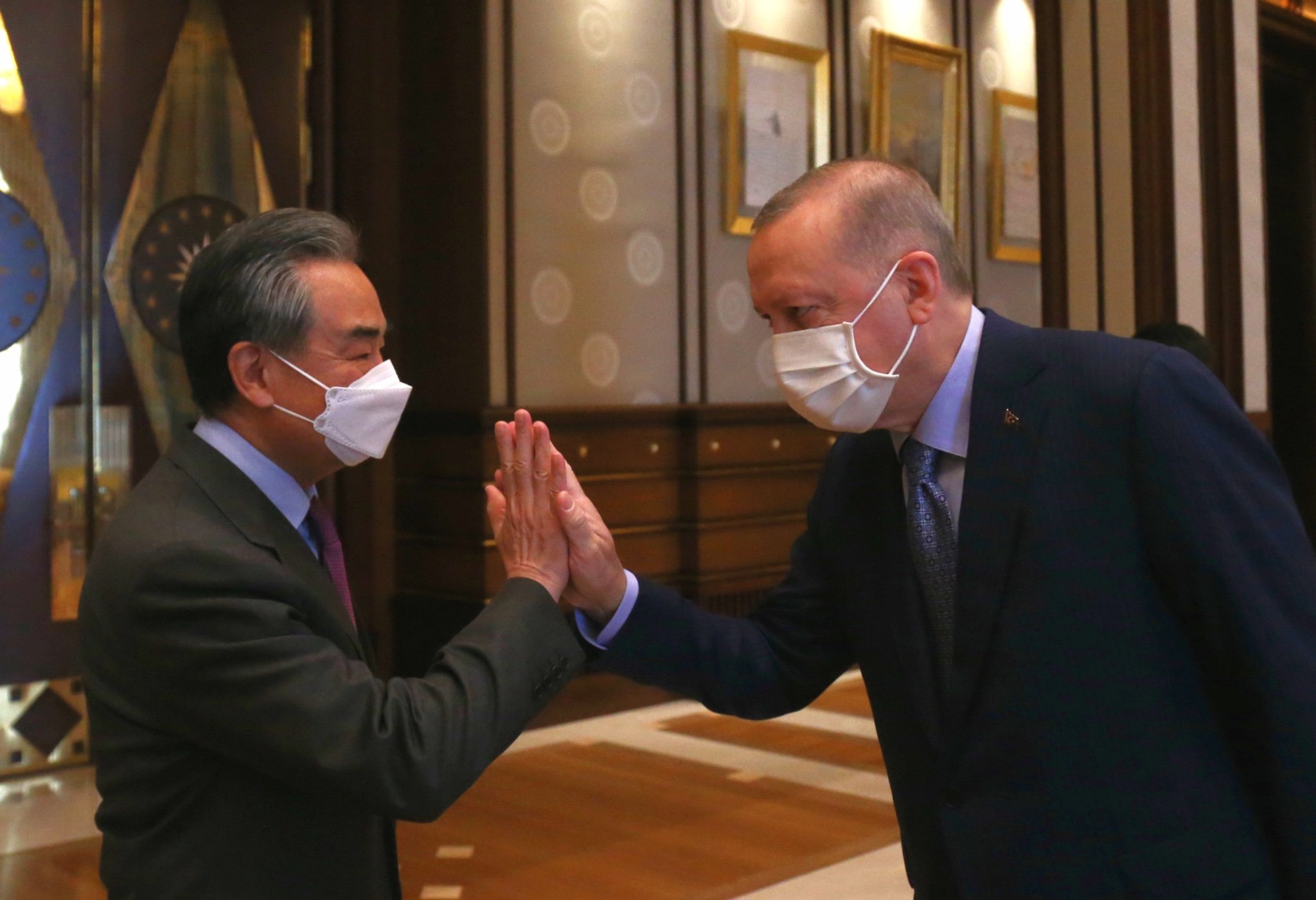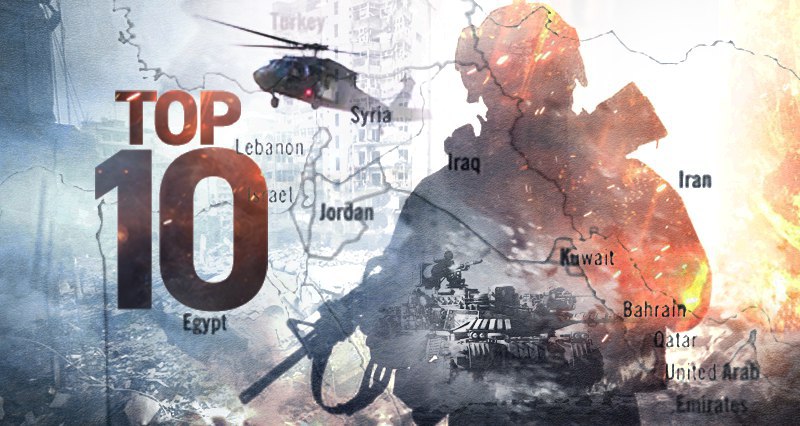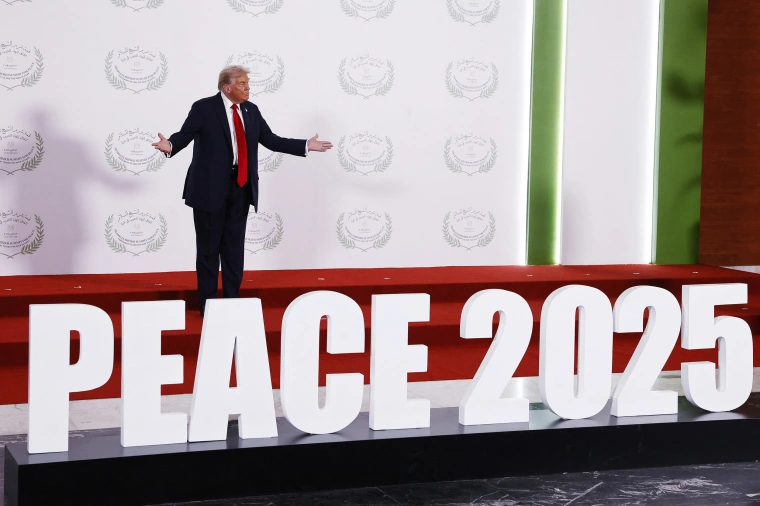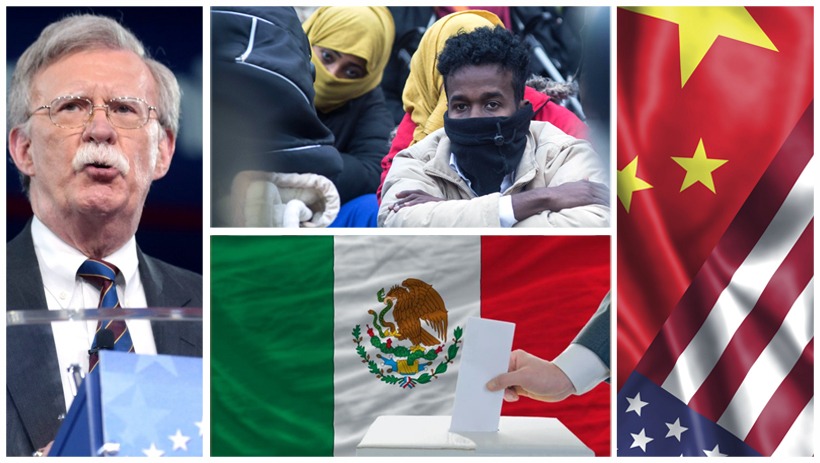Reasons and consequences
Reasons and consequences
By Onur Sinan Güzaltan
A ceasefire in Gaza emerged from the meeting in Cairo on October 13.
Rather than providing answers, the outcome raised more questions: How did we get here? How will the process unfold? What are the next objectives of the U.S. and Israel? And where does Iran fit in?
UWI author, political scientist Onur Sinan Güzaltan shared his views addressing these very questions.
——————————————————————————————————-—————————-
There are several reasons and outcomes behind what’s being called the “Trump peace” in Gaza. Let’s go through them one by one.
Three reasons regarding Israel
First, Israel no longer has the power to sustain the war. As we saw during the 12-day war with Iran, Israel’s military strength falls short. In fact, not only against Iran, but also against Yemen and Gaza. Despite two years of occupation and genocide in Gaza, the Israeli army still hasn’t managed to enter certain neighborhoods. The resistance in Gaza remains unbroken.
Second, the war has shaken Israel from within. Many companies have gone bankrupt, and a country that once attracted immigrants has now begun to see people leaving.
Third, Israel’s global reputation has completely crumbled. The world now openly recognizes Israel as an occupying and genocidal state. Even across Europe, we’ve seen protests and official statements saying as much. Israel has become increasingly isolated and will be isolated even more.
It was in this atmosphere that Trump stepped in, pushing for a ceasefire based on mutual concessions from both sides.
No Yemen, no China, no Russia, Iran, Palestinian resistance movements present at negotiations in Cairo
Several goals are apparent in this “peace”. The first is to pull Israel out of the crisis it’s trapped in. The second, closely linked to the first, is to advance the political will and military plan for a war against Iran. To do that, they want to first bring the Gaza issue to some sort of conclusion, mend ties with the Gulf and Arab countries to a degree and neutralize them. This way, they would focus all their strength on Iran.
From the broader perspective of the US’s regional and global strategy, Washington aims to establish its own order and hegemony in the region, a Pax Americana, through the Abraham Accords.
At the negotiation table in Cairo, there was no Yemen, no China, no Russia, no Iran, no Hamas, and no other Palestinian resistance movements. Sitting at the table were the US, its European NATO partners, several Arab countries, and Türkiye. In other words, only the West and governments aligned with it.
But the Palestinian issue isn’t just about Palestine; it’s also part of the broader confrontation between East and West. And at that table, there was no one representing the other side of this confrontation. What we’re seeing, therefore, is a one-sided imposition, a Pax Americana imposed upon West Asia.
Trump’s possible next steps
If this agreement is implemented, with an international administration set up in Gaza, Palestinians forced to disarm, and continued repression in the West Bank, the next step will be to push the Abraham Accords across the region. With this deal, Trump inserts a wedge between the Arab states and Iran. He’s also trying to pull Hamas away from Iran. What Trump wants to create by the end of this process is a clear picture he can point to: “You see on one side, Gulf and Arab states who want peace; on the other, Iran, Yemen and the Palestinian groups who oppose it.”
The core issue: Iran
Many states influence the region and some even make the US uncomfortable in certain areas, but the strategic problem for Washington is Iran’s presence and activity in the region, which stands in the way of the US-Israel’s plans. The US wants to remove or neutralize Iran in order to clear that obstacle. That’s the core issue.
If the US and its partners pursue this imperialist policy toward Iran and seize a favorable opportunity to strike, Iran will of course defend itself. But one of the decisive factors in the outcome will be how regional states react. We should also count Russia and China’s stance among the factors.
“Deal with the US, get hit”
Whoever sits at the negotiating table with the US has been targeted at some point. That’s something we need to see openly. Hamas was hit while negotiating in Qatar; whenever there was talk of negotiations with Russia, they struck deeper inside Russia with even harsher attacks; and during nuclear talks with Iran, Israel struck Iran.
Remember Gaddafi. He was at the table with the US and Europeans before NATO intervened in Libya. Remember Assad. When the civil war began, there had been discussions between Assad and Western powers about “democratization.” We need to see this pattern. What should we understand? That the force we face, the US and Israel, is not something you can reason with or make a durable compromise with. They understand only hard power. Building hard power is not just having military capacity, it’s also having the will and the right political line.
Trump may be a “real estate king” who knows how to buy one building and sell another, but I believe the region’s peoples and states shaped by thousands of years of history will prove that attacking their sovereignty and rights is not as easy as an estate deal.

















Leave a Reply